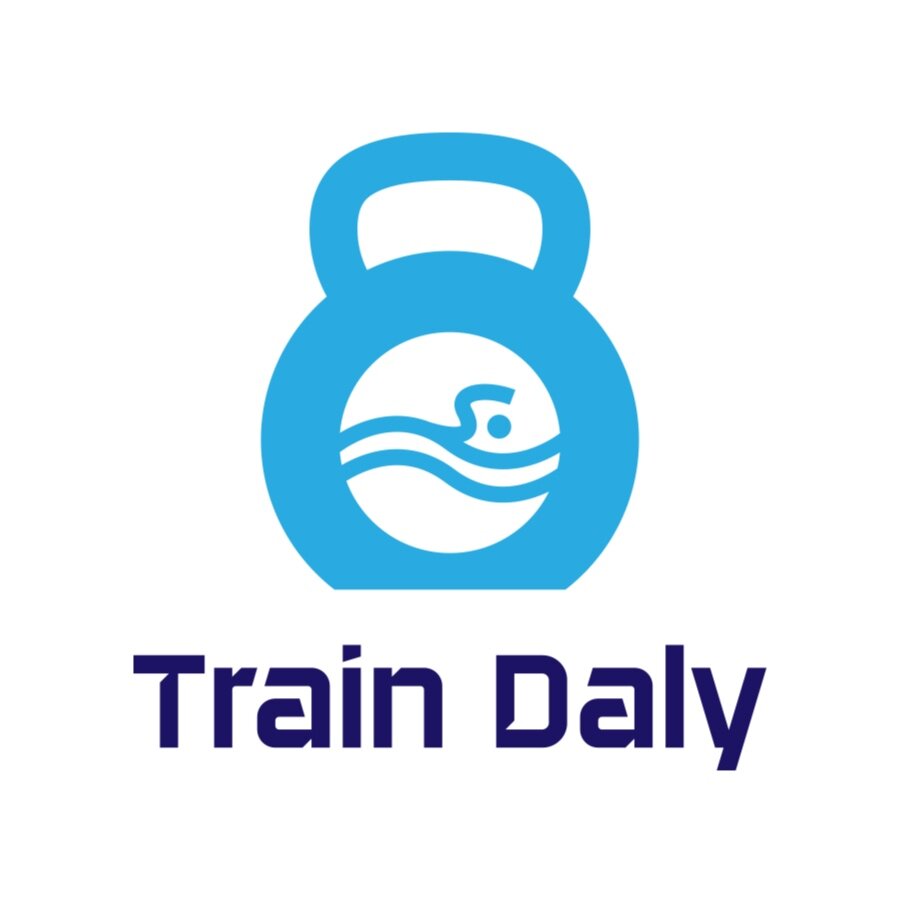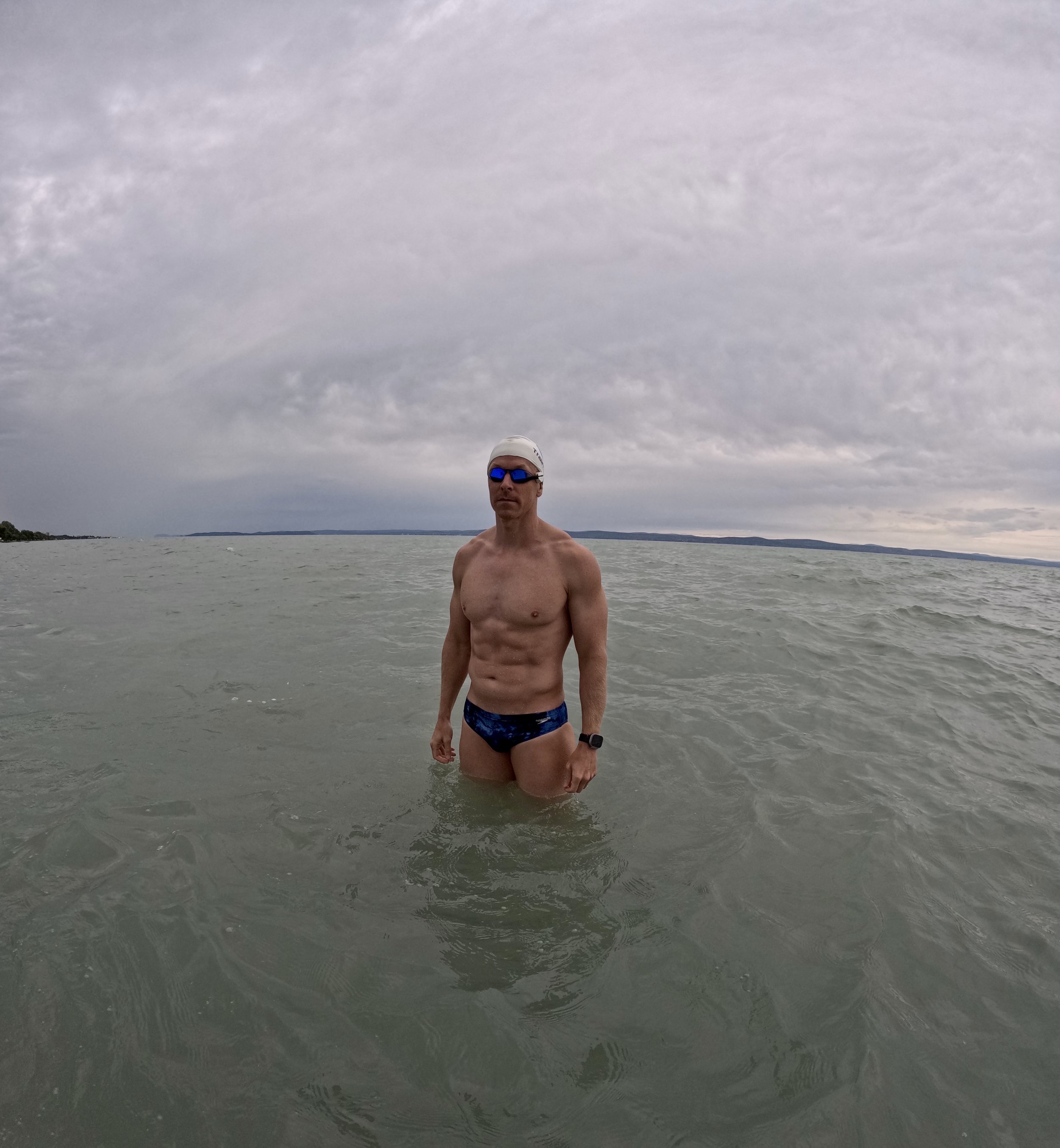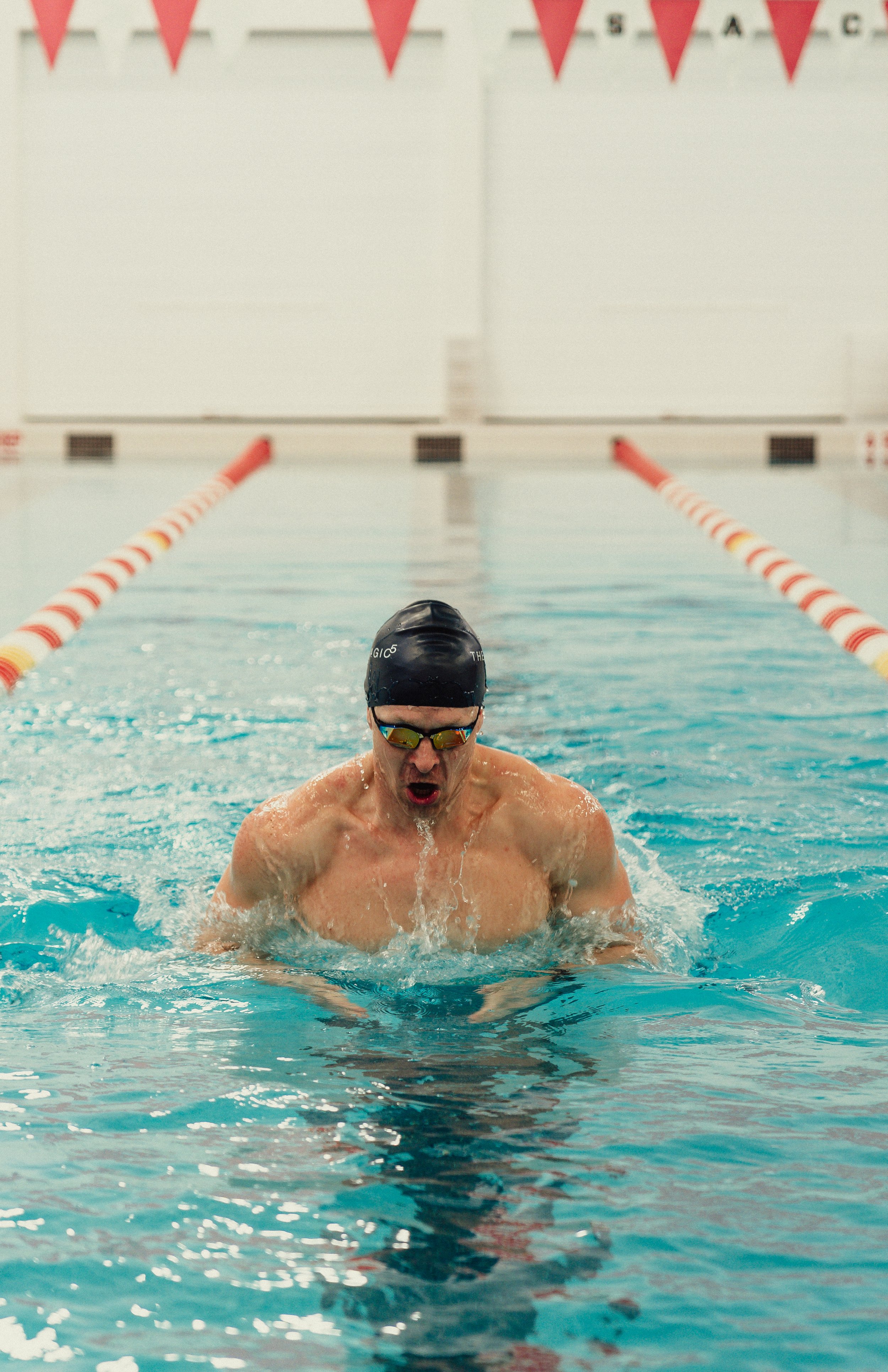Swimming Strength: Unlocking Your Potential with Weight Training
/Hello, swimmers and fitness enthusiasts! Dan Daly here, and today we're diving into a question about weight training for swimmers. Specifically, what should a swimmer focus on building: strength, hypertrophy, or both? And how should time be allocated? Let's explore this topic and discover how weight training can complement your swimming performance.
When it comes to weight training for swimmers, the primary focus should be on building strength rather than hypertrophy, which refers to mass building or bodybuilding. While there may be some level of hypertrophy occurring with any type of training, it's important to remember that adding mass doesn't necessarily equate to improved swim performance.
Instead, we want to prioritize developing strength and power, specifically targeting the fast twitch muscle fibers. These fibers are crucial for enhancing force production and sustaining submaximal power during your competitive distance and stroke. The goal is to improve strength and power without adding unnecessary mass or dysfunctional weight.
Strength and mass are often correlated, but they don't have to be. Strength can also be developed through neuromuscular adaptations, meaning you can be strong and propulsive without excessive size. Strength training, therefore, becomes complementary, focusing on the load and resistance rather than simply adding mass. By keeping the volume a bit lower and intensity high, you can work on getting stronger over time.
To further enhance your training, it's important to periodize your weight training approach. Start with a weight-focused phase, emphasizing heavy loads and resistance. As you progress, gradually shift the focus towards speed and power, working on accelerating those loads at greater rates. This progressive approach allows for adaptations in strength and power specific to swimming.
Now, let's discuss time allocation. Ideally, swimmers should aim for two to three weight training sessions per week, allocating two to three hours in total. However, this can vary based on your availability and the amount of training you're already doing in the pool. Competitive swimmers often have significant training schedules, sometimes up to 20 hours per week. In this case, finding two to three dedicated hours for strength training becomes crucial. Keep in mind that time allocation may fluctuate depending on where you are in your competitive season. Remember, consistency is key for seeing improvements and adaptations.
That being said, even a limited amount of time can still be beneficial. If you have time constraints, even a couple of sets lasting 10 to 30 minutes can make a difference. However, to truly experience significant changes and improvements, you need to consistently allocate a specific amount of time for a sustained period.
Weight training can be a powerful tool to enhance your swimming performance. By focusing on strength development and incorporating a well-structured program, you can optimize your strength and power output in the water.
Keep swimming strong! 💪🏊♂️
Dan Daly




